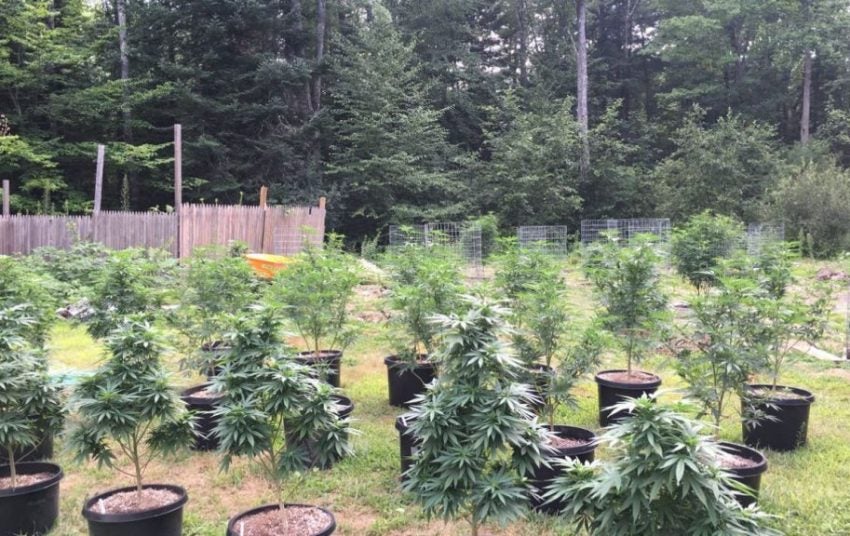Unlocking the secrets to effortless outdoor cannabis growing begins with clone cultivation, a method revered for its simplicity and reliability. With the right knowledge and techniques, cultivators can harness the power of clones to streamline the outdoor growing process and maximize yields. In this comprehensive guide, we’ll delve into the world of clone cultivation, revealing the secrets to success for beginners and experienced growers alike.
Understanding Clone Cultivation: Clone cultivation involves propagating cannabis plants from cuttings taken from a mature “mother” plant. These cuttings, or clones, share the exact genetic makeup of the mother plant, ensuring consistent growth patterns, cannabinoid profiles, and yields. By replicating proven genetics, cultivators can bypass the uncertainties of seed germination and produce predictable results with minimal effort.
Benefits of Clone Cultivation: The appeal of clone cultivation lies in its simplicity and reliability. Unlike seeds, clones eliminate the need for germination and sexing, saving time and reducing the risk of crop failure. Additionally, clones allow cultivators to replicate desirable traits such as high potency, disease resistance, and terpene profiles, ensuring consistent quality and potency in each harvest.
Selecting Quality Mother Plants: The key to successful clone cultivation begins with selecting high-quality mother plants from which to take cuttings. Choose healthy, vigorous plants with desirable traits such as robust growth, pest resistance, and abundant resin production. Avoid plants with signs of stress, disease, or genetic abnormalities, as these traits can be passed on to the clones.
Taking and Rooting Cuttings: Once you’ve selected your mother plants, it’s time to take cuttings for propagation. Use sharp, sterile scissors to take 4-6 inch cuttings from the lower branches of the plant, ensuring each cutting has at least two nodes and a healthy stem. Remove excess foliage from the lower nodes and dip the cut end of each cutting in a rooting hormone to promote root development. Plant the cuttings in a well-draining rooting medium such as perlite, vermiculite, or coco coir, and keep them warm, humid, and under gentle light until roots form.
Transplanting Clones Outdoors: Once the clones have rooted and developed a healthy root system, they are ready for transplanting outdoors. Choose a sunny, well-draining location with fertile soil and good air circulation. Dig holes slightly larger than the root ball of each clone and gently transplant them into the soil. Water the clones thoroughly and provide shade and protection from harsh weather conditions for the first few days to minimize stress.
Providing Care and Maintenance: Outdoor clone cultivation requires regular care and maintenance to ensure healthy growth and maximize yields. Monitor soil moisture levels and water as needed, taking care not to overwater or allow the soil to become waterlogged. Provide organic nutrients such as compost tea or fish emulsion to support vigorous growth and flowering. Prune foliage to improve airflow and prevent mold and mildew, and monitor for pests and diseases, taking proactive measures to prevent infestations.
Training and Support: To optimize yields and promote even canopy development, consider employing training techniques such as topping, low-stress training (LST), or the screen of green (SCROG) method. Topping involves removing the apical meristem to encourage lateral branching and bushier growth. LST involves gently bending and securing branches to promote horizontal growth and increase light exposure. SCROG involves weaving branches through a screen or trellis to create an even canopy and maximize light penetration.
Harvesting and Curing: Harvest outdoor-grown cannabis clones when the flowers reach peak maturity, indicated by swollen calyxes, amber trichomes, and potent aromas. Use sharp pruning shears to carefully trim the branches, leaving enough stem for handling. Hang the harvested branches in a cool, dark, and well-ventilated space to dry slowly. Once dry, cure the buds in glass jars to preserve flavor and potency, burping them periodically to release excess moisture and prevent mold.
Conclusion: Clone cultivation offers a straightforward and reliable method for producing high-quality cannabis outdoors with minimal effort. By selecting quality mother plants, taking and rooting cuttings, transplanting clones outdoors, and providing care and maintenance, cultivators can unlock the secrets to effortless outdoor cannabis growing. With proper techniques and attention to detail, clone cultivation opens the door to bountiful harvests and a rewarding cultivation experience for beginners and seasoned growers alike.
Read more
From Clone to Harvest: Understanding The Journey of Cannabis
The Economics of Home Cannabis Cultivation: Maximizing Savings and Yield
How Long Does It Take To Fully Grow A Cannabis Plant?













